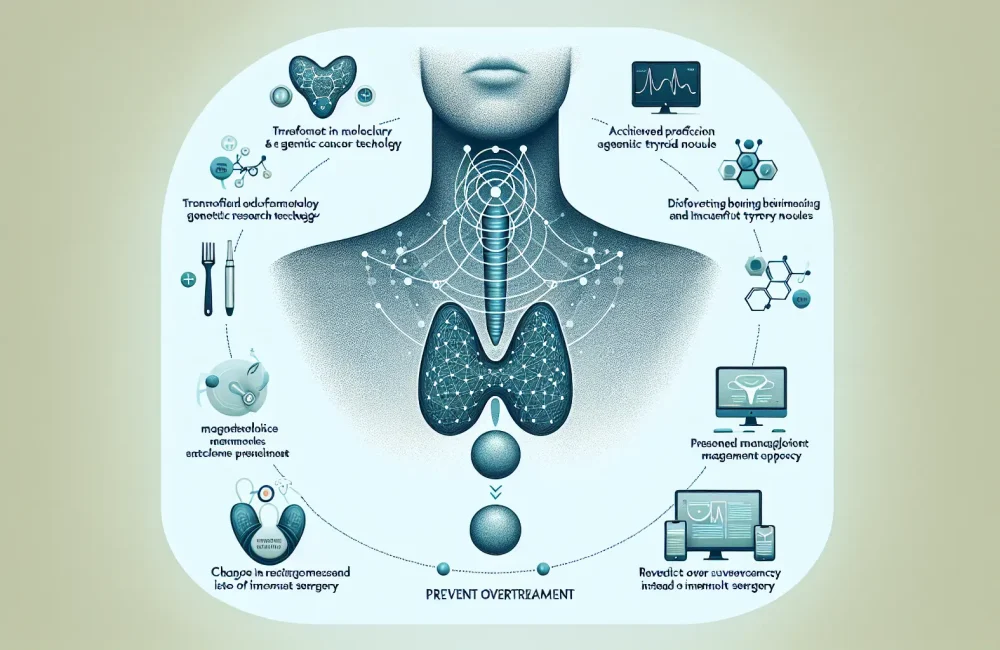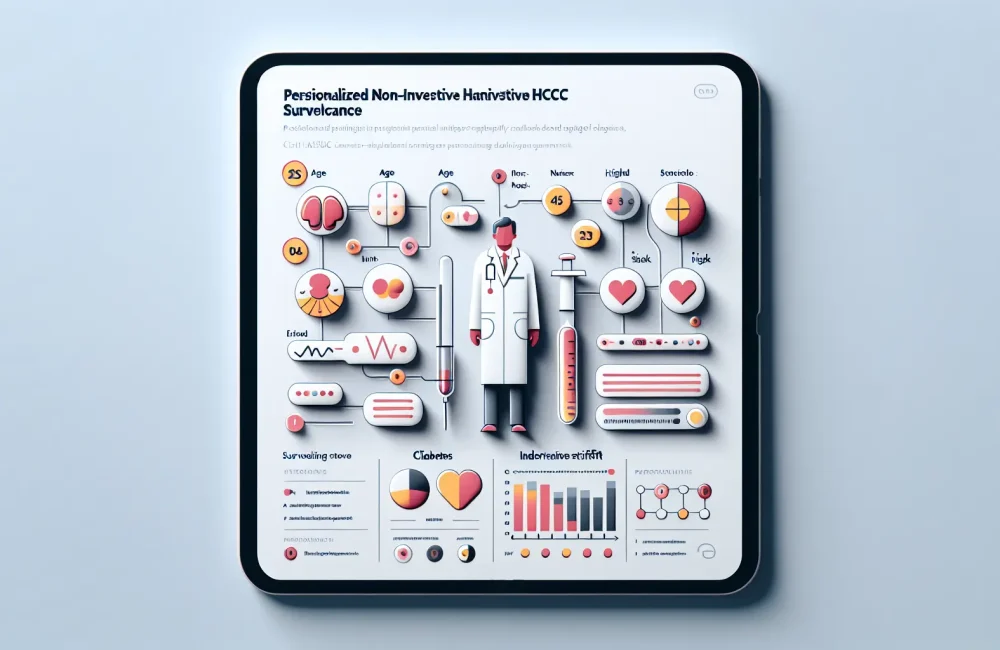By CAFMI AI From JAMA
High Sensitivity and Specificity in Pancreatic Cancer Detection
Pancreatic cancer is notoriously difficult to detect early, often resulting in late diagnoses and poor patient outcomes. A recent study published in JAMA introduces a novel blood test that could revolutionize early detection efforts. This test uses a carefully selected panel of protein biomarkers identified through advanced proteomic analysis. These biomarkers distinguish patients with pancreatic cancer from those with benign pancreatic conditions and healthy individuals with a high degree of accuracy. Specifically, the test demonstrated a sensitivity of 85% and a specificity of 90% in detecting pancreatic cancer, significantly outperforming the widely used CA19-9 marker. For clinicians, this represents an important step forward since current diagnostic tools frequently fail to detect pancreatic tumors at an early stage when treatment is most effective.
Early Detection Potential and Clinical Implications for High-Risk Groups
One of the most promising aspects of this new blood test is its capability to identify early-stage pancreatic tumors that conventional imaging techniques often miss. Early-stage detection can profoundly impact treatment options and survival rates, especially in a cancer type notorious for its aggressive progression. The study included a diverse cohort comprising patients diagnosed with pancreatic cancer, individuals with benign pancreatic diseases, and healthy controls. Through analysis of blood samples, the test accurately differentiated pancreatic cancer cases, enhancing clinicians’ ability to screen patients, especially those at high risk due to family history, chronic pancreatitis, or genetic predispositions. If adopted, this blood test could transform screening protocols by facilitating earlier diagnosis in outpatient or primary care settings, enabling timely referrals to specialists and potentially improving overall prognosis for patients.
Need for Further Validation and Integration into Clinical Practice
Despite these encouraging results, the researchers emphasize the necessity for further validation studies involving larger and more diverse populations before this blood test can be routinely implemented in clinical practice. Validation across different demographic groups is crucial to ensure broad applicability and reliability, considering variations in pancreatic cancer presentation and biomarker expression. Additionally, clinicians should consider how this test fits within existing diagnostic workflows, potentially as a complementary tool alongside imaging and clinical assessments. Beyond detection, understanding the test’s limitations, including false positives and negatives, will be essential in guiding patient counseling and follow-up testing strategies. As research evolves, integrating this blood test into primary care workflows could allow for more efficient risk stratification and earlier intervention, ultimately aiming to improve survival rates in a cancer with historically limited early detection modalities and poor outcomes.
Read The Original Publication Here






